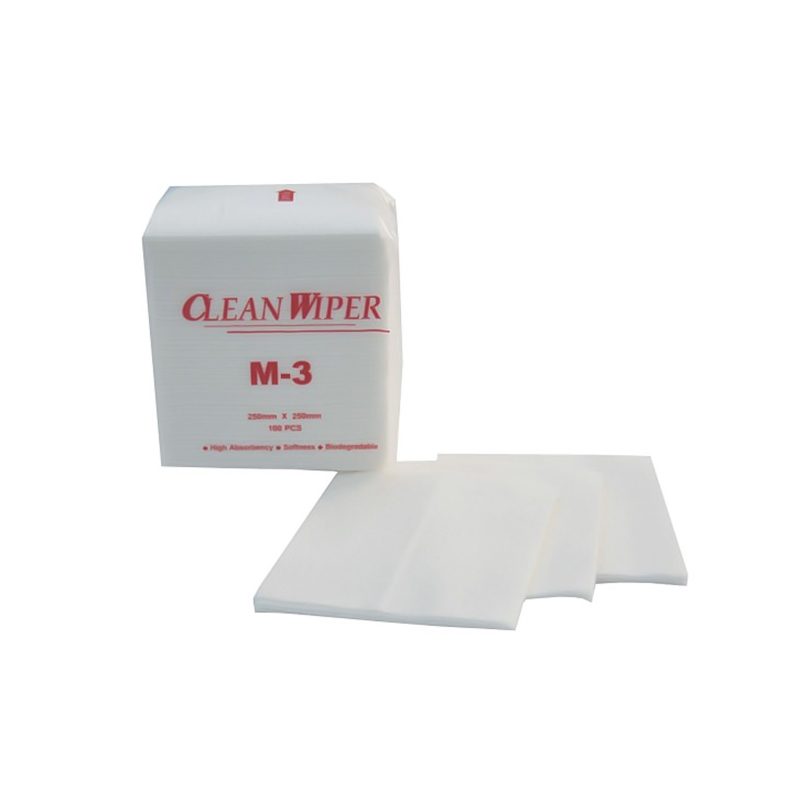The reason why the SMT automatic steel mesh wipe roll can produce a strong synergistic effect with the cleaning solution is first of all due to its carefully selected fiber material. These fibers are not only soft and elastic, but more importantly, their surfaces are covered with tiny pores and active groups. These microstructures are like countless small "reactors", providing an ideal place for chemical reactions.
When the wipe roll is immersed in the cleaning solution, the chemicals in the solution begin to penetrate into the fiber and interact with the active groups on the fiber surface. For oil stains, the surfactant in the cleaning solution can reduce the tension of the oil-water interface, making it easier for the oil to detach from the surface of the wiped object and be adsorbed by the wipe roll fiber. In this process, one end of the surfactant molecule is oleophilic and the other end is hydrophilic. They are like "keys" that accurately open the "lock" of the oil stain and achieve effective separation of the oil stain.
For stubborn stains such as solder paste and red glue, the cleaning solution may contain specific solvents or chelating agents, which can react with metal ions or polymer compounds in the stains to form soluble complexes, thereby changing the physical and chemical properties of the stains and making them easier to remove. Under the joint action of the wiping roll and the cleaning solution, these chemical reactions realize the transfer of stains from the surface of the wiped object to the fibers of the wiping roll, laying the foundation for subsequent physical stripping.
Chemical reactions alone are not enough to completely remove all stains. On this basis, the synergistic effect of physical effects is also crucial. During the cleaning process, the soft fibers of the SMT automatic steel mesh wiping roll can form a slight elastic contact with the surface of the wiped object. This contact method not only ensures sufficient cleaning strength, but also avoids scratches or damage caused by excessive friction.
At the same time, the high water and oil absorption of the wiping roll enables it to quickly absorb and lock stains, reducing the spread and residue of stains during the cleaning process. During the wiping process, as the wiping roll moves back and forth on the surface of the steel mesh or circuit board, the fine structure between the fibers continuously squeezes, rubs and peels off the stains, completely separating and removing the stains from the surface of the object being wiped. The fluidity of the cleaning solution also plays a key role. It can not only penetrate into the tiny gaps of the stains to accelerate the chemical reaction, but also form a thin lubricating film during the wiping process, reducing wiping resistance and improving cleaning efficiency. This lubrication effect makes the wiping roll smoother during the cleaning process and can easily cope with the cleaning challenges of various complex surfaces.

 中文简体
中文简体 English
English Español
Español русский
русский Deutsch
Deutsch Français
Français













